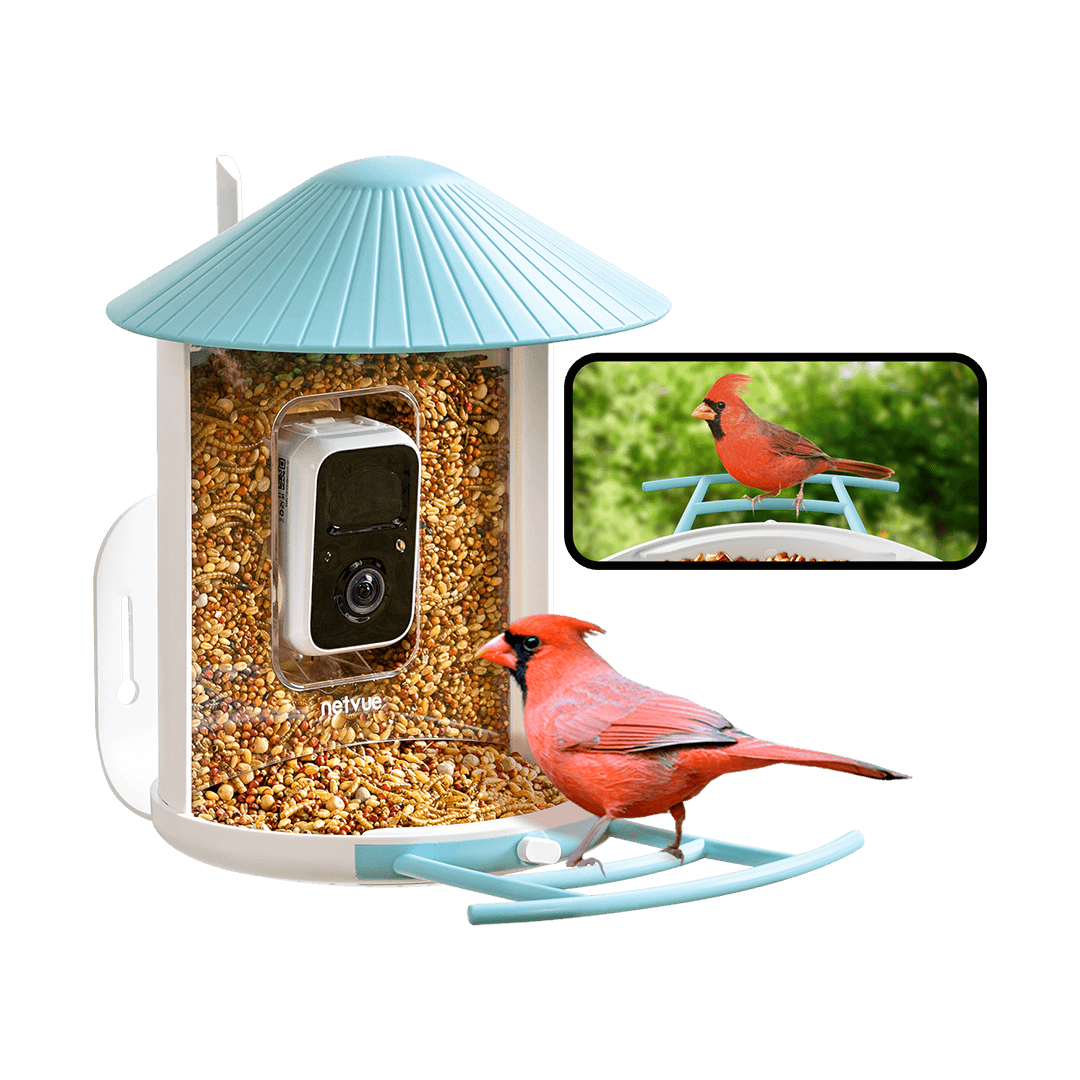Stephen Moss: Birdsong
February may still be the depths of winter in the northern hemisphere, but with the days getting lighter and nights shorter, birds are preparing for the breeding season to come – in song!
The Dawn Chorus
If you get up an hour or so before sunrise on a bright, cold winter’s day, you may be surprised to find that the birds have beaten you to it, and already singing. From out of the darkness and gloom you are likely to hear a range of different songs, some melodic and tuneful, others harsh and repetitive, in what birders the world over call ‘the dawn chorus’.
The phrase ‘dawn chorus’ – along with another, the ‘morning orchestra’ – is an evocative one, suggesting a group of singers working together in harmony to produce what to our ears can sound very musical and pleasing. Yet nothing could be further from the truth.
First, these birds are not singing for us – nor, indeed, are they singing for the benefit of most of the other birds of the many different species around them. Instead, imagine that each bird is only calling out to others of its own kind – so that when an American Robin sings, its only targets are other American robins. The same applies to a European robin: he (and it is only males that usually sing in spring), is only targeting other European Robins.
Likewise, Blue Tits sing their urgent little song for other Blue Tits, while Great Tits sing their syncopated ‘tea-cher, tea-cher’ to other Great Tits. And on the other side of the Atlantic, Norther Cardinals, Black-capped Chickadees, Tufted Titmice and House Finches are only trying to be heard by other members of their own species. I’ll explain why they do this, and exactly who they are trying to impress, in a moment.
So rather than being a chorus, or orchestra, the whole event is more like a shouting match. That doesn’t stop it being one of the true wonders of nature – and believe me, if you do make the effort to drag yourself out of bed before dawn breaks, or even if you just open the windows and listen from the comfort of your snug, warm bedclothes before going back off to sleep, it is well worth it! And if you wait until after daybreak, you’ll discover that by the time the sun is up, and we human beings are going about our busy daily lives, the soundscape is far quieter and less impressive.

When Birds Sing
But why do birds sing so loudly and persistently when it is still dark? There are several key reasons. The first is that at this time of day, they are unable to easily find food, and so time spent singing is not time wasted. Once the day breaks, they need to find enough food during the short hours of winter daylight before it gets dark again, to get enough energy to survive for the following long night.
The air is often more still before dawn, too, which means that the sounds of their songs carry further through space and are more likely to be heard. And finally, our cities, towns and countryside are quieter at this time of day too, before we humans are up and about, and traffic and other noises would again make it harder for the birds’ songs to be heard.
Interestingly, during the first Covid-19 pandemic of spring 2020 in Europe and North America, many people thought that their local birds were singing louder than usual, and for longer. In fact, the birds were simply being heard more easily, because air and road traffic and the number of people on the streets were much reduced because of lockdowns. People were also leading less busy lives, too, which meant they had time to stop and listen to birdsong, whereas before and after the pandemic they were too preoccupied to do so.
Birds do continue to sing for the rest of the day, though more intermittently and for less long periods. Then, as night begins to fall, there is often a slightly quieter ‘dusk chorus’, a more mellow version of its dawn equivalent.
As to why they sing so regularly at this time of year, that is because this marks the start of the long breeding season – the most important time of the birds’ year, especially for smaller songbird species which may only get one or perhaps two chances to breed in their entire lives. This ‘race to reproduce’ is the very essence of these creatures’ existence: if they fail to establish a territory and attract a mate, then they may never get the chance to pass on their genes to the next generation – what life is essentially all about! This is especially true for many songbirds, whose life expectancy is only a year or so.

Why Birds Sing
That brings us on to the essential question – why do birds sing in the first place? Broadly speaking, birdsong has two main functions: for each individual male bird to defend a territory against any rival males, and attract a mate.
Male birds generally arrive back on their breeding-grounds earlier than the females and spend the first few days moving around their new territory, establishing the boundaries and advertising their presence to all-comers – especially rival males of the same species.
Some species, notably the European Robin, also regularly sing during the autumn and winter, as unlike most songbirds they also hold winter territories. On a cold, dull day theirs may be the only sound to be heard, but on a bright, sunny day in February all kinds of other singers join the chorus, in anticipation of the breeding season to come.
Birdsong has a second, equally important function: to attract a mate. As the females leave their winter-quarters and return to their breeding areas, males are in desperate competition to attract them and start the process of raising a family. Likewise, the females are choosing the male they perceive as being the ‘best’ – i.e. the fittest and healthiest – to raise their precious chicks. Birdsong – along with the general health and appearance of the male – has a crucial role to play in that choice.
Even while cold winter weather still has its icy grip on the land, birds will start to sing. But if there is a spell of milder weather in February, our woods and gardens are suddenly filled with the sounds of spring. In Britain and Europe, Song Thrushes sing their repetitive tune from the tops of roofs, and deep in the undergrowth, tiny Wrens explode in a frenzy of song. In North America, resident species such as sparrows, juncos, blackbirds, grackles, finches, thrushes and robins will all start to sing.
Even the arrival of late winter snow and ice may only bring a temporary halt to the chorus. Whatever appearances suggest, spring is here, at least for the birds.
Along with food and habitat, birdsong is one of the most important factors in the ecological isolation of different species. This was first discovered by the great eighteenth century naturalist Gilbert White, who managed to distinguish between the three very similar-looking species of what he then called ‘willow-wrens’ (the Chiffchaff, Willow Warbler and Wood Warbler), by listening to their very distinctive songs.


How to identify singing birds
I’m often asked how I know which species is singing – especially when, as with the dawn chorus, it is still dark! The easy answer is practice. I’ve been listening to singing birds for the whole of my lifetime, and so I have managed to learn most of the common species that sing around my home in Somerset, and across the rest of the United Kingdom.
When I travel to North America, or to even more exotic and bird-filled locations such as Central or South America, however, I am right back at square one. Like any beginner birder, I then find it almost impossible to know which species I am listening to, especially on a spring morning when every bird seems to be shouting louder than the next! So, I have a lot of sympathy with any of you who are just starting out on your lifelong birding journey!
There are a few helpful tips and tricks I can give you, however. Try to imagine that each different species is talking not to its fellow birds, but directly to you. Then try to work out three key elements of the sound you are hearing: rhythm, pitch and tone. Some birds have a fast and frantic rhythm, others a slower, more relaxed one. Some birds sing at a high pitch, others low, and others somewhere in between. And some birds sound tuneful, others sad, others angry. I find it useful to think of mnemonics to help me learn birdsong – so the Great Tit is the ‘teacher bird’, while the Green Woodpecker sounds as if it is laughing at me. The Song Thrush always sounds as if it is talking to me – a kind of one-sided conversation! And in North America, the name ‘chickadee’ is onomatopoeic – that is what the bird sounds as if it is saying!
Take notes, and then once you think you have got the tune in your head, try to track down each singing bird and identify it. Over time, especially if you do this in your backyard, garden or local park, where you hear the same birds day after day throughout the spring, you will soon learn sone of the commoner species. And that means that as spring progresses, and the first migrant birds return from the south in March or April, you will notice something different amongst the familiar soundscape.


What happens next?
I’ll be covering the next stages of the breeding season in my blogs over the next few months. This is a complicated business: the male bird must stake out a territory, fight off his rival males, and find a mate (or mates); the pair then engage in complex courtship rituals, build a nest, and mate. The female then lays her eggs, incubates them (sometimes with the male’s help), and once they hatch the real work begins, as the young constantly demand to be fed. Finally, the young fledge and leave the nest, though even then they may require parental care. No wonder birds look tatty and exhausted by the time midsummer comes!


In recent years timing of the start of the breeding season has changed. Global warming means that the start of spring comes a week or more earlier to many parts of Britain, and the birds have reacted accordingly, laying eggs up to two weeks earlier than thirty years ago. Indeed, the discovery of this phenomenon, using data collected by generations of amateur birders, was one of the first pieces of empirical evidence that global climate change was indeed real rather than hypothetical.
With the recent onset of mild winters, some common species may even be tempted to begin nest building before Christmas, though a cold spell will soon put a stop to this.







Comments
Nancy said:
I really enjoyed your article. I’ve recorded their song and Merlin has been a great tool for me as a relatively new birder. I’m looking forward to your next blog.